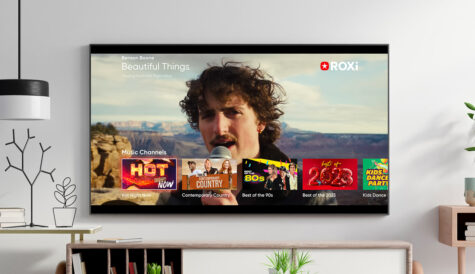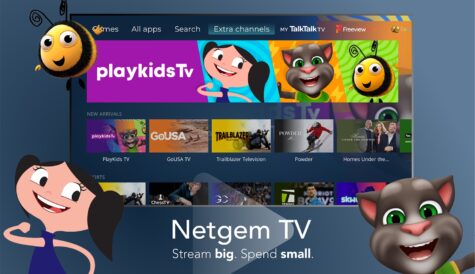ONS survey highlights UK smart TV habits
Some 18% of adults in the UK watched internet streamed TV via a smart TV this year, according to the Office for National Statistics (ONS).
More than a quarter – 27% – of those aged 25 to 34 had watched internet streamed TV on a smart TV, according to the latest ONS Statistical Bulletin.
Using a smart TV for internet browsing via a browser app and using other apps were both carried out by 5% of adults. Overall, 21% of adults used a smart TV to connect to the internet for some purpose this year.
Watching streamed TV – live or catch-up content – on smart TVs was most popular among 25-34 year-olds, with 27% of this age group tuning it via smart TVs, compared with 25% for 35-44 year-olds, 21% of 45-64 year-olds and only 20% of 16-24 year-olds. Among older age groups, 13% of 55-64 year-olds and 4% of over-65s watched TV in this way.
Watching other video content on smart TVs showed a similar spread, but attracted a lower proportion of users, with 21% of 25-34s and 19% of 16-24s viewing other on-demand content and sharing services on smart TVs.
Fifty-nine per cent of UK 16-24 year-olds have watched internet-streamed TV from TV broadcasters overall on all devices this year, according to the ONS. Figures ranged from 60% of 25-34 year-olds to 18% of over 65s.
Watching video from sharing services was one of the few internet activities more prevalent amongst men than women, with 54% of men viewing video from sharing services compared with 40% of women.
Overall, the internet was used daily or almost daily by 82% of UK adults this year, up from 78% last year and 35% in 2006. Some 89% of homes had access to the internet, up from 86% in 2015 and 57% in 2006.
Mobiles or smartphones are used to access the internet by 71% of people, compared with 40% using desktops. Laptops are used by 62% and tablets by 52%.
The most popular online activities were sending and receiving emails, and finding information about goods and services.
The statistics were gathered from the ONS’s Opinions and Lifestyle Survey in January, February and April this year.




